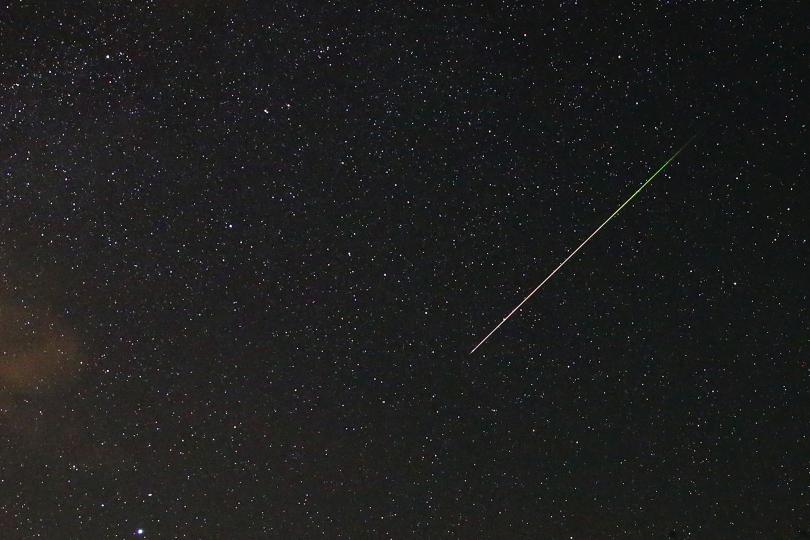June 2020 Sky
- Posted by OCastronomy
- On June 1, 2020
- 0 Comments
- Aldebaran, Annular Solar Eclipse, Antares, Beehive cluster M44, Castor, June solstice, Jupiter, Mars, Mercury, Mercury at greatest elongation east, Penumbral Lunar Eclipse, Pleiades, Pollux, Regulus, Saturn, Spica, Summer Solstice, Venus, Venus at inferior conjunction
June 2020 Sky
| 2 | Moon near Spica (evening sky) at 8h UT. • Spica (Wikipedia) |
| 3 | Moon at perigee (closest to Earth) at 3:35 UT (distance 364,366 km; angular size 32.8′). |
| 3 | Venus at inferior conjunction with the Sun at 18h UT. The brightest planet passes into the morning sky. |
| 4 | Mercury at greatest elongation east (24° from Sun, evening sky) at 13h UT. Mag. 0.5. |
| 5 | Moon near Antares (midnight sky) at 12h UT. • Antares (Wikipedia) |
| 5 | Penumbral Lunar Eclipse from 17:46 to 21:04 UT, mid-eclipse at 19:25 UT. Best seen at mid-eclipse. Visible worldwide except from most of the Americas. • NASA Lunar Eclipse Page (NASA) • Penumbral Lunar Eclipse of 2020 June 05 (PDF) (NASA) |
| 5 | Full Moon at 19:12 UT. |
| 8 | Moon near Jupiter (morning sky) at 19h UT. Mag. −2.6. • Jupiter (Wikipedia) |
| 8 | Moon, Jupiter and Saturn within a circle of diam. 5.1° (morning sky) at 22h UT. Mags. −2.6 and 0.4. |
| 9 | Moon near Saturn (morning sky) at 4h UT. Mag. 0.4. • Saturn (Wikipedia) |
| 13 | Moon near Mars (morning sky) at 3h UT. Mag. −0.2. • Mars (Wikipedia) |
| 13 | Last Quarter Moon at 6:24 UT. |
| 15 | Moon at apogee (farthest from Earth) at 1h UT (distance 404,595 km; angular size 29.5′). |
| 18 | Moon near the Pleiades at 23h UT (morning sky). • The Pleiades (Wikipedia) |
| 19 | Moon near Venus (23° from Sun, morning sky) at 9h UT. Mag. −4.3. • Venus (Wikipedia) |
| 19 | Moon, Venus and Aldebaran within a circle of diam. 4.9° (morning sky) at 11h UT. Mags. −4.3 and 0.9. |
| 19 | Moon near Aldebaran (20° from Sun, morning sky) at 17h UT. • Aldebaran (Wikipedia) |
| 20 | Venus 8.9° SE of the Pleiades (30° from Sun, morning sky) at 12h UT. Mag. −4.3. |
| 20 | June solstice at 21:45 UT. The time when the Sun reaches the point farthest north of the celestial equator marking the start of summer in the Northern Hemisphere and winter in the Southern Hemisphere. • June Solstice (Wikipedia) • Equinoxes and Solstices from Space (NASA) |
| 21 | Annular Solar Eclipse from 4:48 to 8:32 UT. Greatest eclipse at 6:40 UT. The narrow path of annularity extends from central Africa to south Asia, China and the Pacific. Partial eclipse from Africa, SE Europe and Asia. • Annular Solar Eclipse of 2020 June 21 (GIF) (NASA) • Solar Eclipses: 2011 – 2030 (Mr Eclipse) • NASA Solar Eclipse Page (NASA) |
| 21 | New Moon at 6:41 UT. Start of lunation 1206. |
| 22 | Moon near Mercury (13° from Sun, evening sky) at 8h UT. Mag. −4.3. • Mercury (Wikipedia) |
| 22 | Moon near Castor (evening sky) at 22h UT. |
| 23 | Moon near Pollux (evening sky) at 2h UT. |
| 24 | Moon near Beehive cluster M44 (evening sky) at 3h UT. • Beehive Cluster (Wikipedia) • M44: The Beehive Cluster (APOD) |
| 25 | Moon near Regulus (evening sky) at 18h UT. • Regulus (Wikipedia) |
| 28 | First Quarter Moon at 8:15 UT. |
| 29 | Moon near Spica (evening sky) at 14h UT. |
| 30 | Moon at perigee (closest to Earth) at 2:07 UT (distance 368,958 km; angular size 32.4′). |
| June 2020 Sky All times Universal Time (UT). | |


